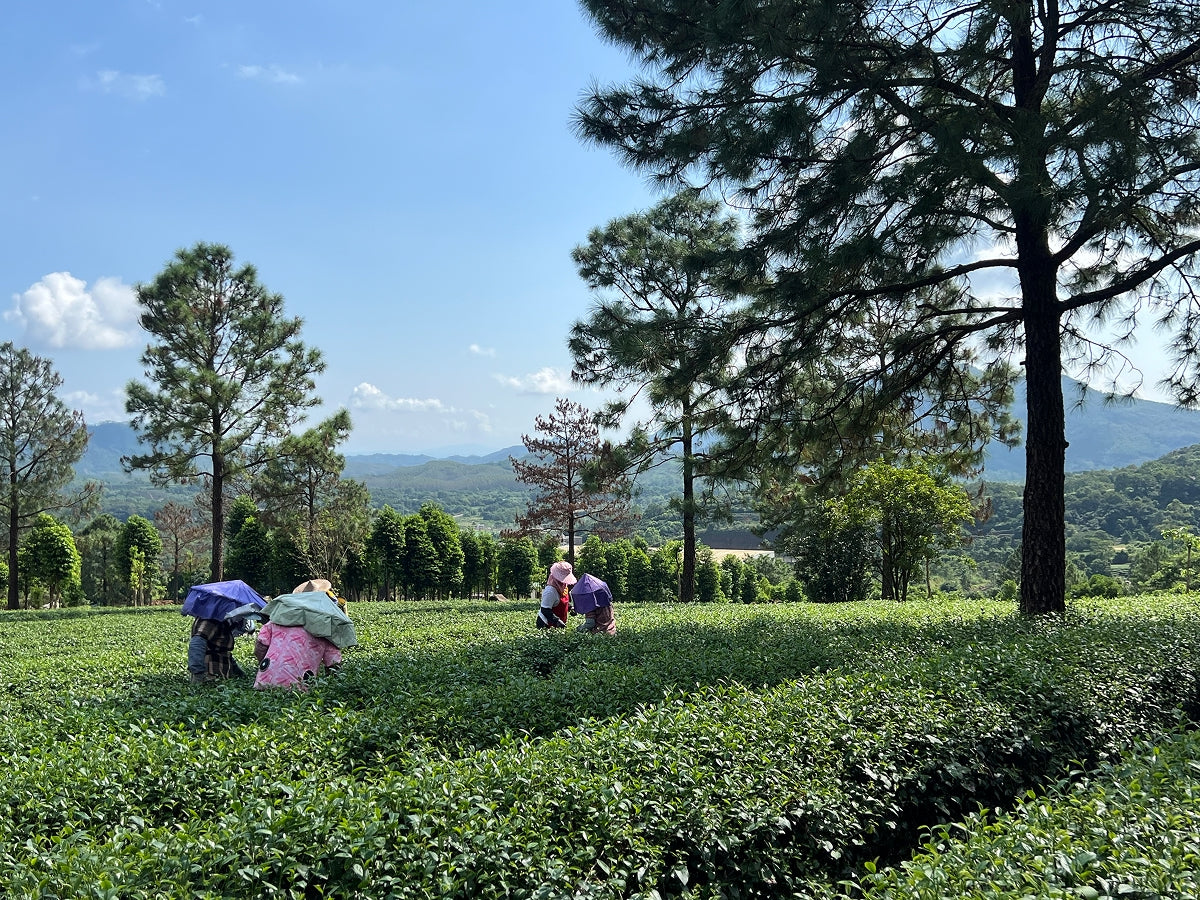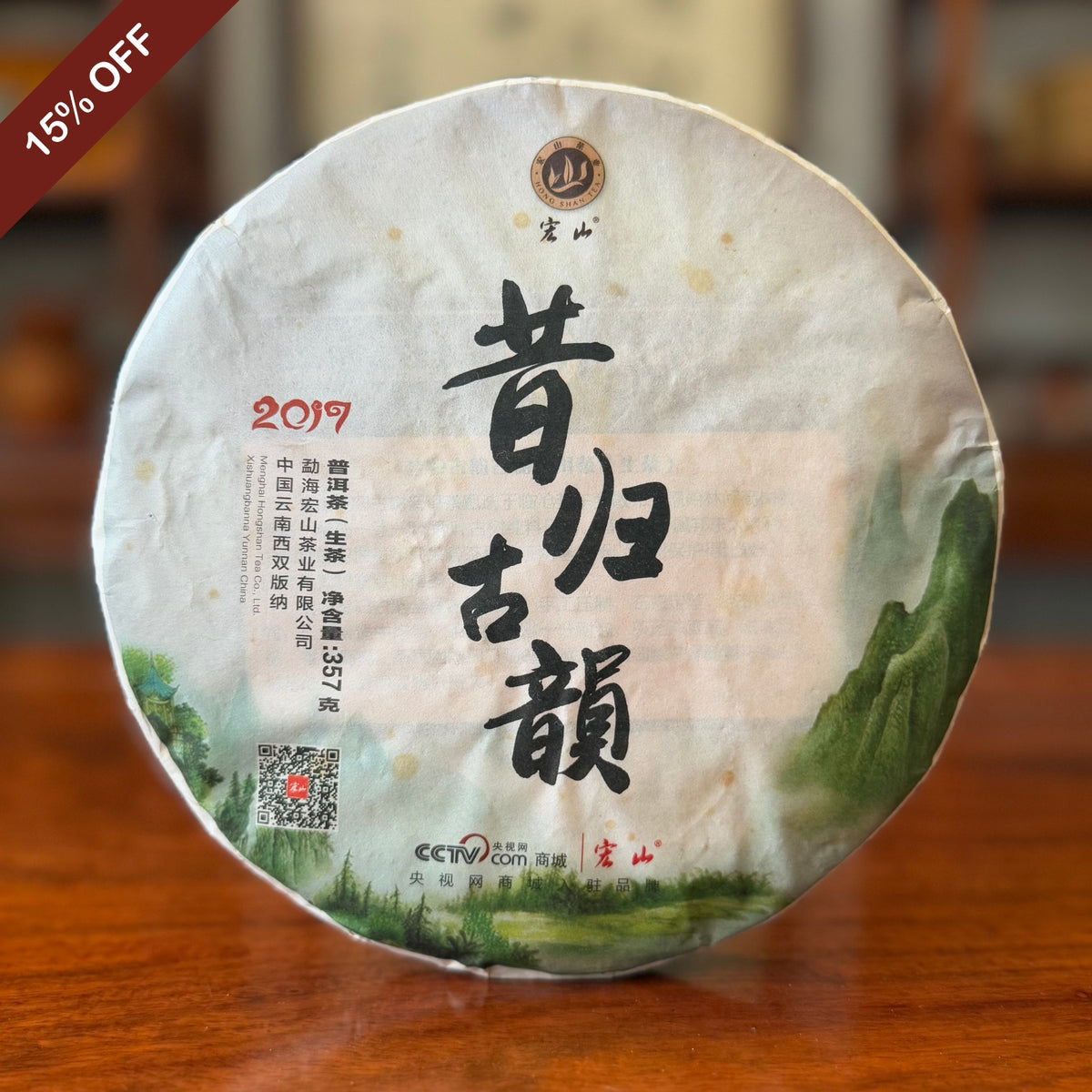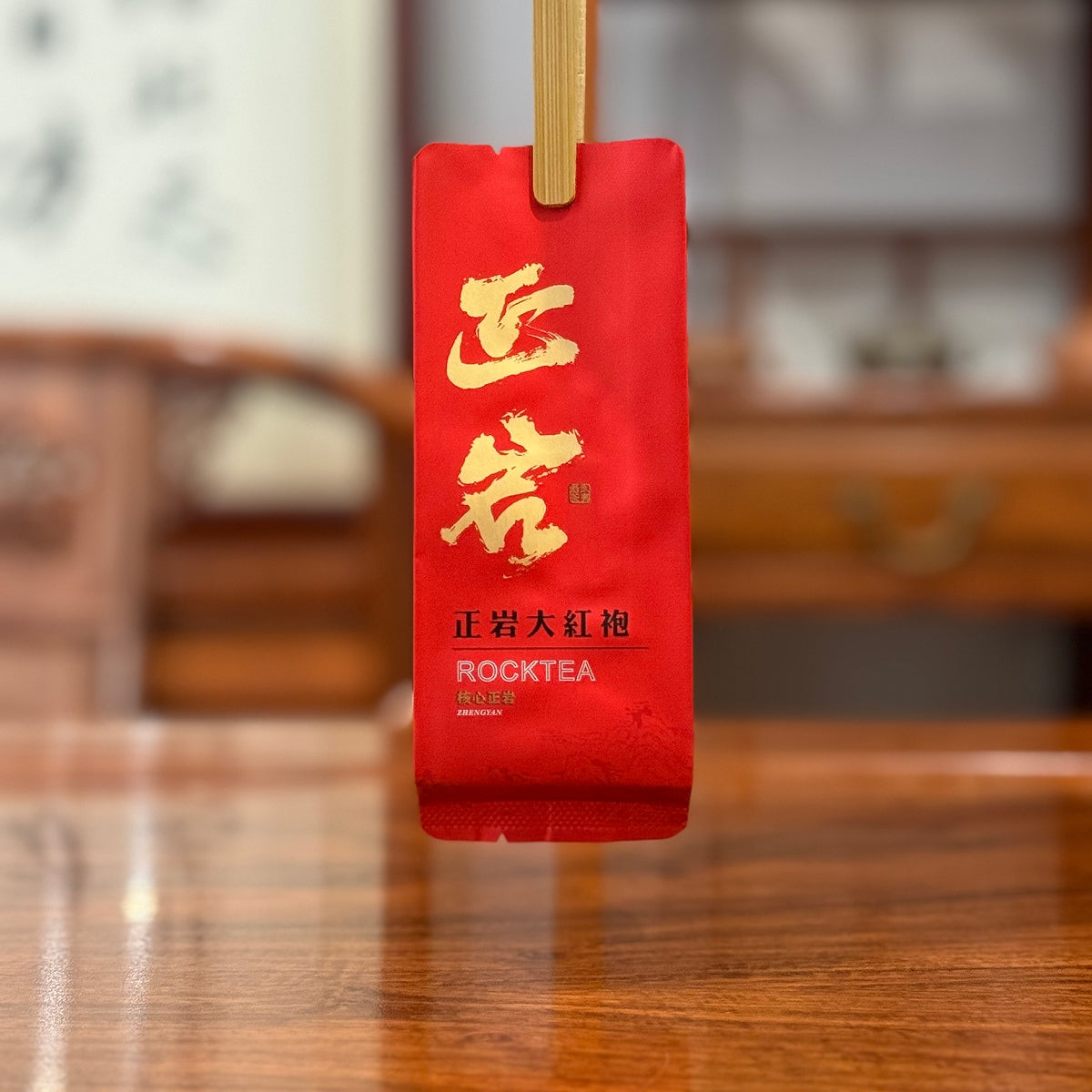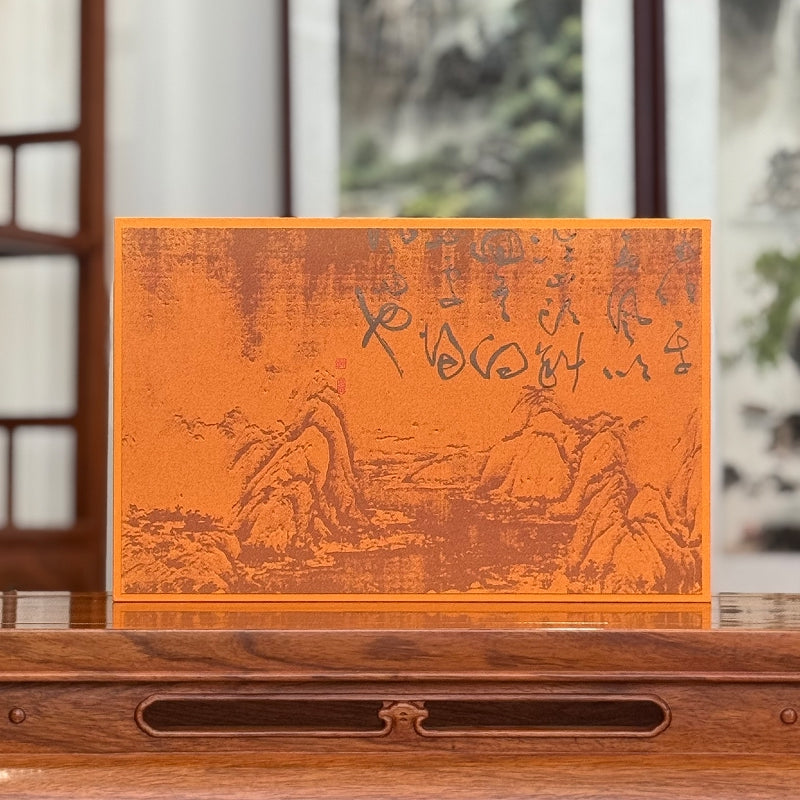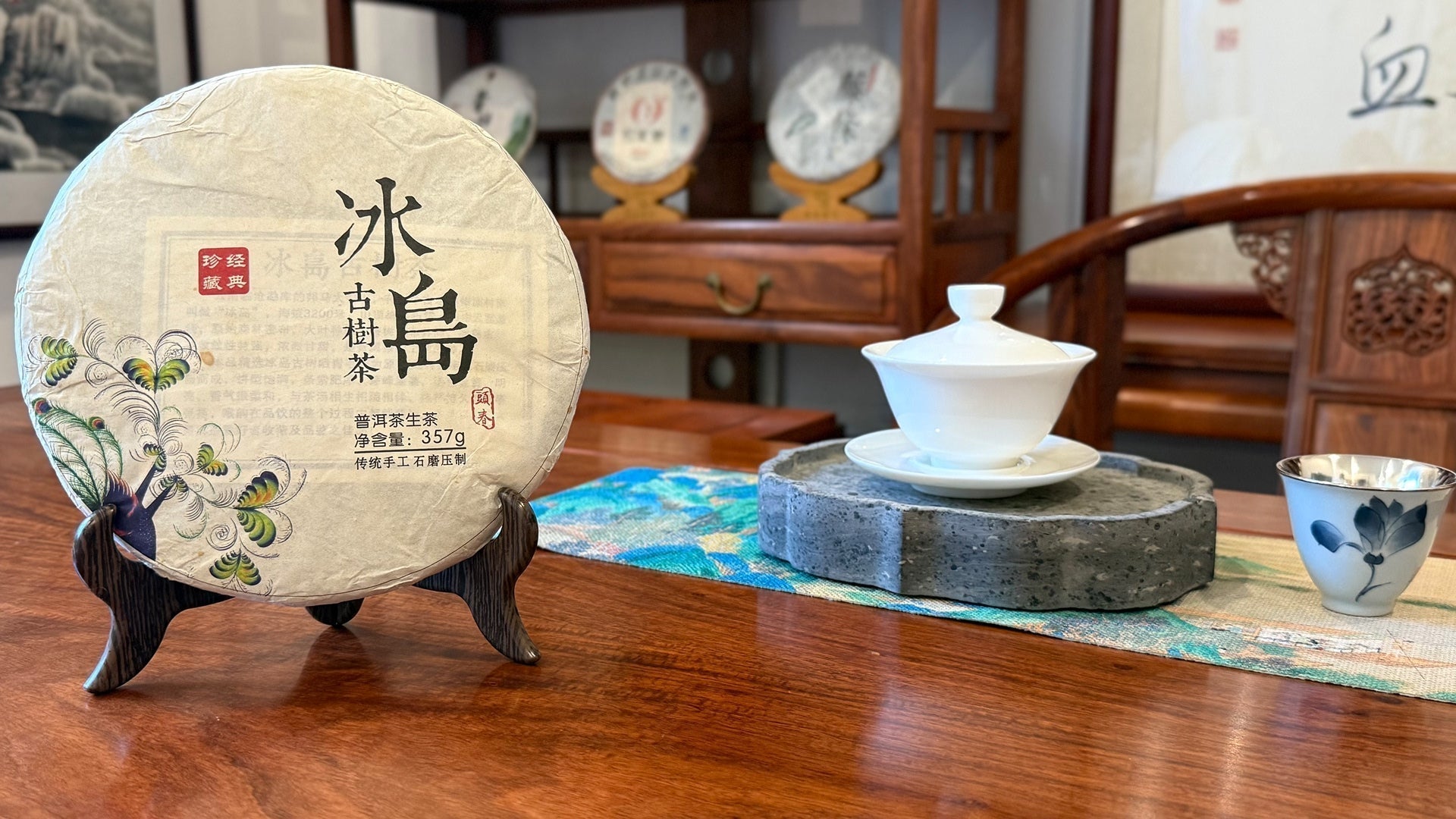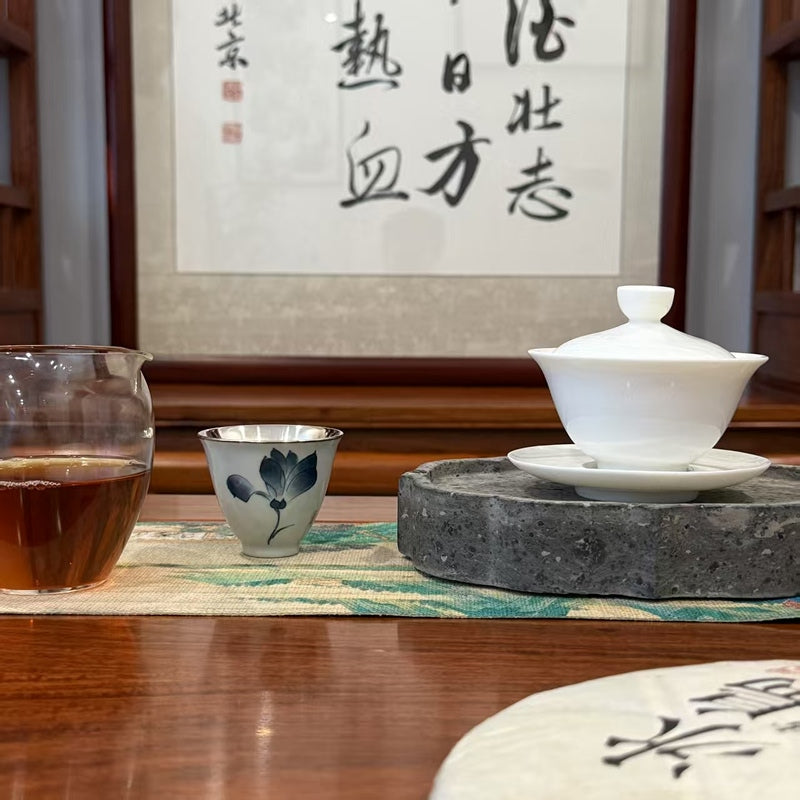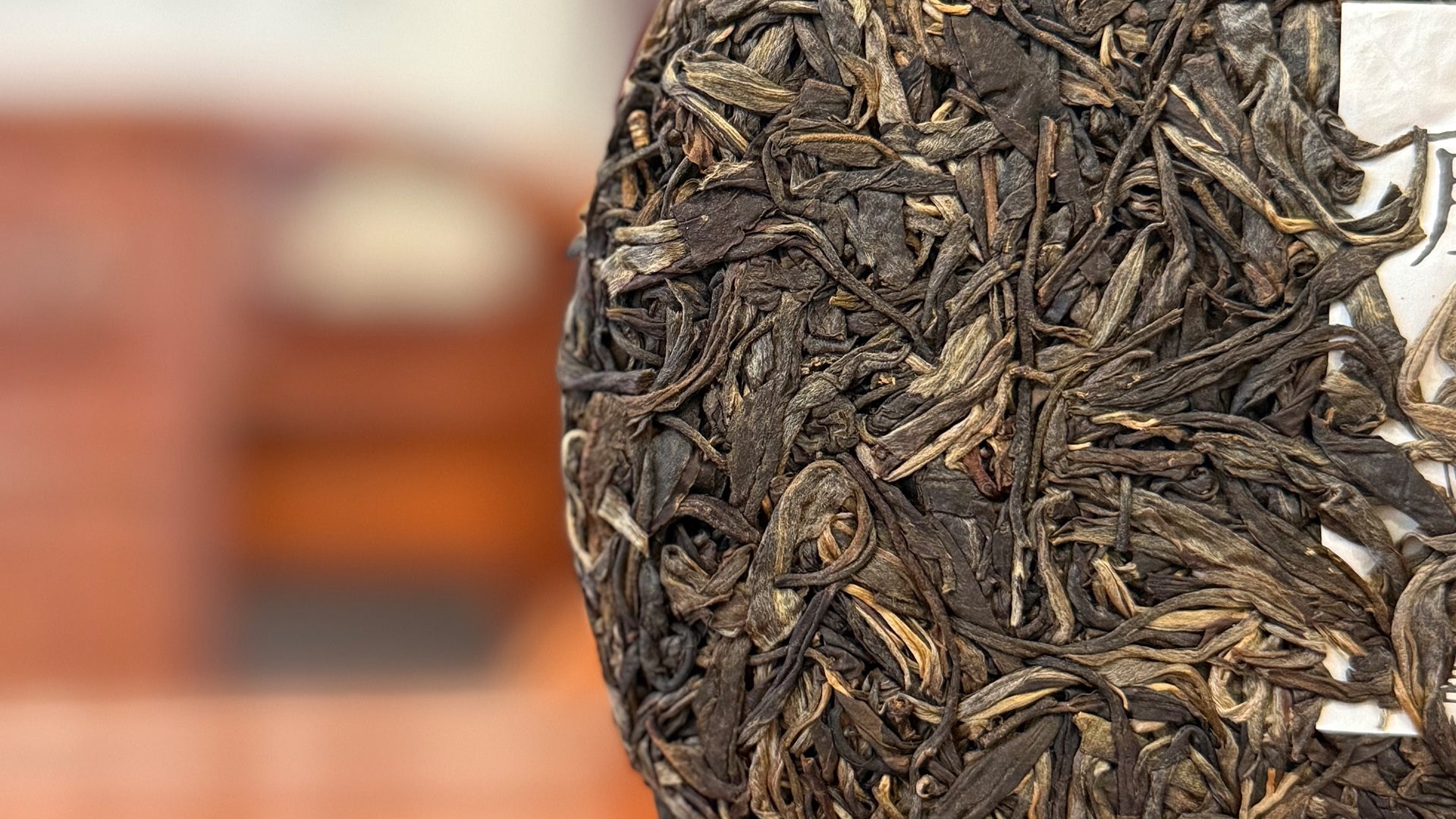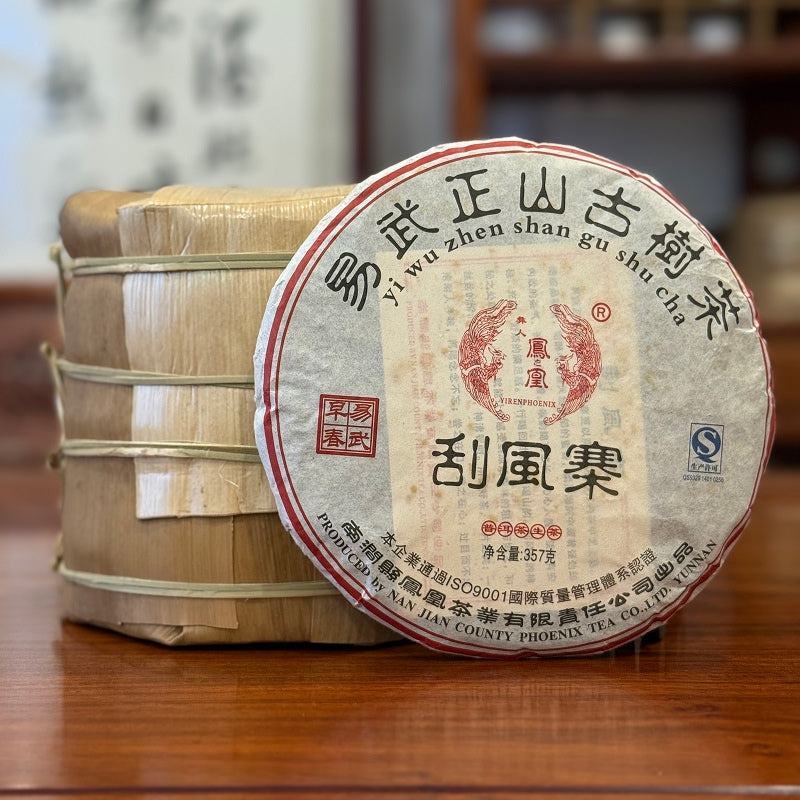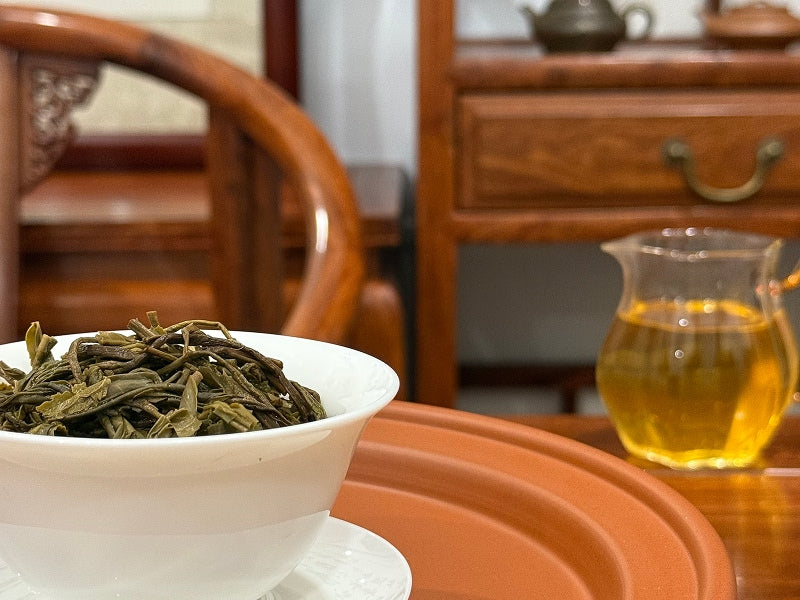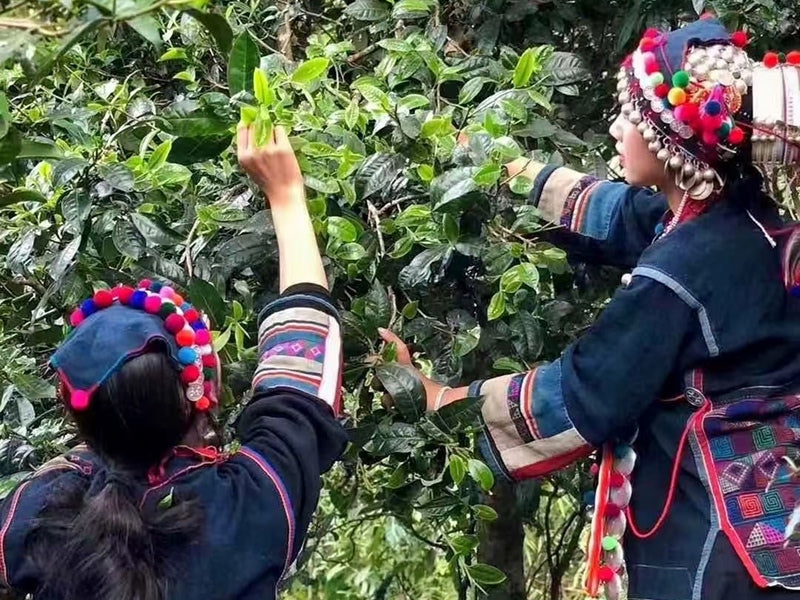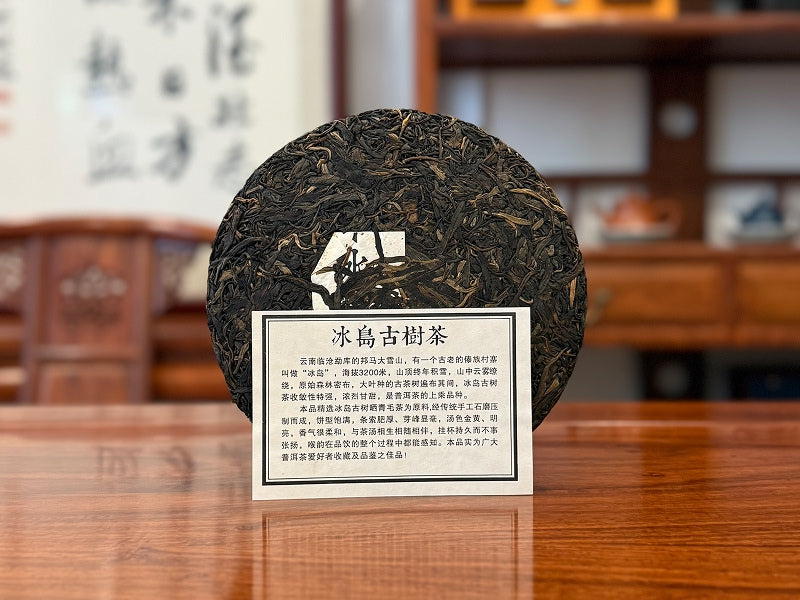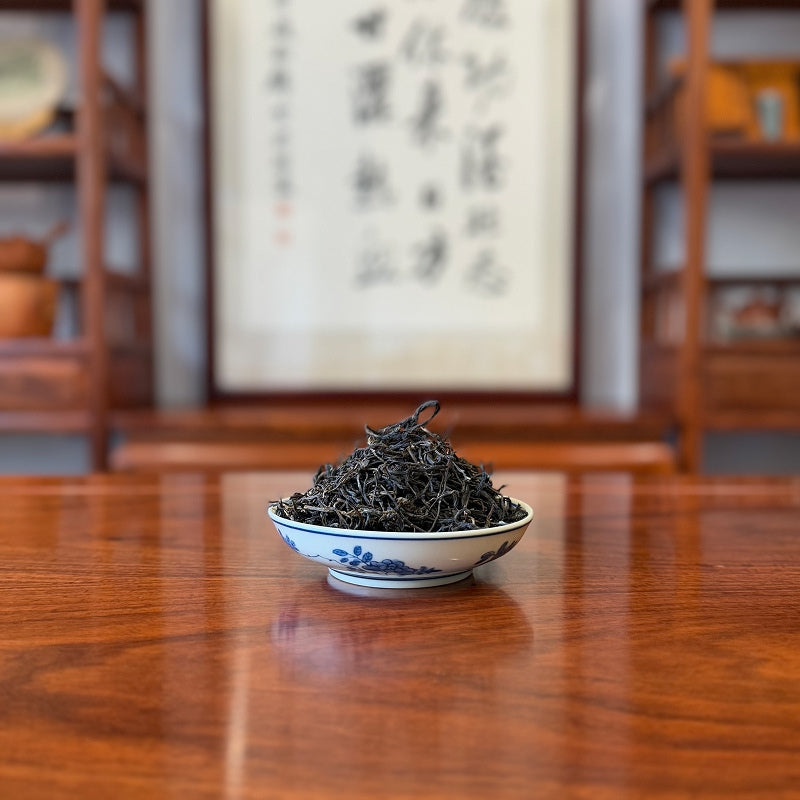
Chinas Teeberge bieten mehr als nur atemberaubende Landschaften – sie sind die Wiege einer jahrtausendealten Teekultur, die Traditionen, Philosophien und die weltweite Wertschätzung des Tees geprägt hat. Diese Regionen mit ihrer einzigartigen Geografie und ihrem Klima produzieren einige der weltweit besten chinesischen Teesorten, jede mit ihrem eigenen Geschmack, Aroma und ihren eigenen Verarbeitungstechniken.
In diesem umfassenden Leitfaden werden wir Folgendes untersuchen:
- Die legendären Teeberge Chinas und ihre Rolle im Teeanbau
- Die sechs wichtigsten chinesischen Teesorten und ihre einzigartigen Eigenschaften
- Das Konzept des Bergtees (高山茶, Hochgebirgstee) und warum die Höhe wichtig ist
- Die kulturelle und historische Bedeutung des Tees in der chinesischen Gesellschaft
Am Ende werden Sie verstehen, warum chinesischer Tee weltweit verehrt wird und wie die Teeberge zu seiner unvergleichlichen Qualität beitragen.
1. Die legendären Teeberge Chinas
Chinas Teeberge sind heilige Stätten für Teeliebhaber. Diese Regionen, gesegnet mit fruchtbarem Boden, nebligem Klima und großen Höhen, produzieren Tees von unübertroffener Komplexität. Zu den berühmtesten Teebergen gehören:
A. Yunnan-Gebirge – Das Land des Pu-Erh und der Premium-Grüntees
- Heimat uralter Teebäume (einige über 1.000 Jahre alt)
- Produziert fermentierten Pu-Erh-Tee, der für sein Alterungspotenzial geschätzt wird
- Auch Yunnan-Grüntee wird angebaut, bekannt für seinen kräftigen, erdigen Geschmack
B. Guangdong-Gebirge – Heimat des Phoenix Dancong Oolong
- Berühmt für Fenghuang Dancong (Single Bush Oolong) mit natürlichen Blumenaromen
- Einzigartiger mineralreicher Boden trägt zu komplexen Geschmacksprofilen bei
C. Fujian Wuyi-Gebirge – Geburtsort von Rock Oolong und Lapsang Souchong
- Produziert Zhengshan Xiaozhong (Lapsang Souchong), den original geräucherten schwarzen Tee
- Wuyi Rock Tea (Yancha) wächst in mineralreichen Böden und erzeugt unverwechselbare „Rock Rhyme“-Aromen
D. Taiwans Hochgebirgstee (Gaoshan Cha)
- Obwohl sie nicht auf dem chinesischen Festland liegen, produzieren die Taiwaner Ali Shan, Li Shan und Da Yu Ling außergewöhnlichen Hochgebirgs-Oolong-Tee
- Diese Tees werden auf über 1.000 Metern Höhe angebaut und haben ein cremiges, blumiges Profil
Diese Teeberge sind nicht nur Anbaugebiete – sie sind kulturelle Wahrzeichen, in denen die Teetradition seit Jahrhunderten bewahrt wird.

2. Die sechs wichtigsten chinesischen Teesorten
In China wird Tee anhand der Oxidations- und Verarbeitungsmethoden in sechs Hauptkategorien eingeteilt. Jede chinesische Teesorte hat einzigartige Eigenschaften, die durch den Teeberg geprägt sind, aus dem sie stammt.
1. Grüner Tee (Lü Cha) – Der frische und lebendige Klassiker
- Minimale Oxidation, Erhaltung natürlicher Antioxidantien
-
Berühmte Sorten:
Yunnan Grüner Tee – Kräftiger, erdiger Geschmack mit süßem Nachgeschmack
Guangdong Grüner Tee – Frisch, erfrischend mit pflanzlichen Noten

2. Schwarzer Tee (Hong Cha) – Reichhaltig und vollmundig
- Vollständig oxidiert, ergibt einen tiefen, malzigen Geschmack
- Berühmte Sorten:
Zhengshan Xiaozhong (Lapsang Souchong) – Rauchiges Kiefernholzaroma aus dem Wuyi-Gebirge

3. Oolong-Tee (Qing Cha) – Die Kunst der partiellen Oxidation
- Halboxidiert, von 10 % bis 80 %
-
Berühmte Sorten:
Fenghuang Dancong (Phoenix Single Bush) – Natürlich blumig, mit Sorten wie „Mi Lan Xiang“ (Honig-Orchideen-Duft)
Wuyi-Steintee (Da Hong Pao, Shui Xian) – Mineralstoffreicher Röstaroma

4. Weißer Tee (Bai Cha) – Zart und unverarbeitet
- Minimale Verarbeitung, einfach welken und trocknen
- Berühmte Sorten:
Bai Mudan (Weiße Pfingstrose) – Milder als Silver Needle, mit fruchtiger Süße
Fu Ding „Shou Mei“ Gealterter Weißer Tee – Er wird sorgfältig aus ausgewählten Teebaumsorten Fuding Dabai und Fuding Dahao hergestellt

5. Gelber Tee (Huang Cha) – Selten und mild
- Leicht fermentiert, was einen goldenen Farbton ergibt
- Berühmte Sorten:
Junshan Yinzhen – Aus Hunan, mit honigartigem Geschmack
6. Dunkler Tee (Hei Cha) – Gereift und erdig
- Nachgegoren, oft zu Kuchen gepresst
- Berühmte Sorten:
Pu-Erh – Kann jahrzehntelang gelagert werden und verbessert so seinen Geschmack

Jede chinesische Teesorte spiegelt das Terroir ihres Teebergs wider, weshalb die Geographie ebenso wichtig ist wie die Verarbeitung.
3. Was ist Bergtee (Gaoshan Cha)?
Bergtee (高山茶, Gaoshan Cha) bezeichnet Tee, der in großen Höhen (typischerweise über 1.000 Metern) angebaut wird. Das kühle Klima, die nebligen Bedingungen und das langsamere Wachstum führen zu:
- Dichterer Geschmack – Es entwickeln sich mehr Aminosäuren, was die Süße verstärkt
- Dickere Blätter – Resistent gegen Schädlinge, wodurch der Einsatz von Pestiziden reduziert wird
- Komplexes Aroma – blumige, fruchtige oder cremige Noten

Beste Hochgebirgs-Teeregionen
- Wuyi Mountain Rock Tea – Mineralische und geröstete Noten
- Yunnan Ancient Tree Tea – Tiefer, erdiger Pu-Erh
- Fenghuang Dancong (Phoenix Mountain) – Natürlich blumiger Oolong
Aufgrund des arbeitsintensiven Anbaus ist Bergtee oft teurer, bei Kennern jedoch sehr begehrt.
4. Der kulturelle und historische Einfluss der Teeberge
Über den Geschmack hinaus sind Teeberge eng mit der chinesischen Kultur verbunden:
- Zen-Buddhismus – Mönche tranken Tee, um während der Meditation wachsam zu bleiben
- Taoistische Traditionen – Tee als Weg zur Harmonie mit der Natur
- Kaiserlicher Tribut – Einige Tees (wie Da Hong Pao) waren den Kaisern vorbehalten
Heute ist der Besuch der Teeberge eine Pilgerreise für Teeliebhaber und bietet:
- Teetourismus – Verkostungen, Plantagenführungen und traditionelle Zeremonien
- Nachhaltigkeitsbemühungen – Schutz alter Teebäume und ökologischer Anbau

5. Fazit: Warum chinesische Teeberge wichtig sind
Die Teeberge Chinas sind die Seele der chinesischen Teekultur und bringen die feinsten chinesischen Teesorten hervor – vom kräftigen Yunnan-Grüntee bis zum rauchigen Lapsang Souchong. Bergtee (Gaoshan Cha), der in großen Höhen angebaut wird, bietet einige der erlesensten Aromen der Welt.
